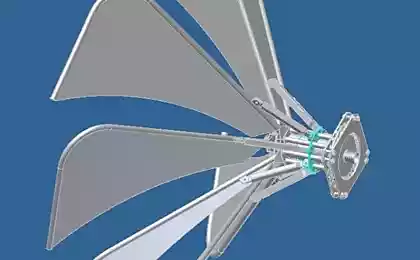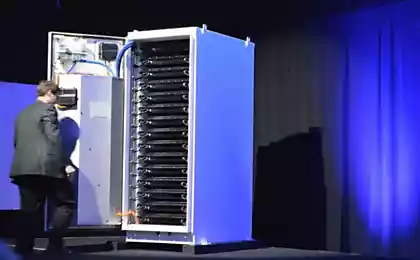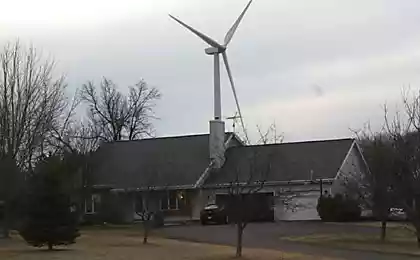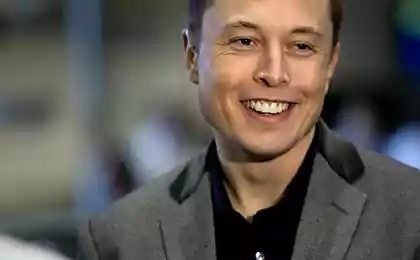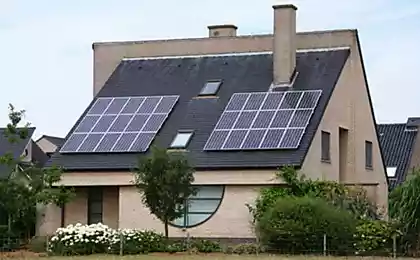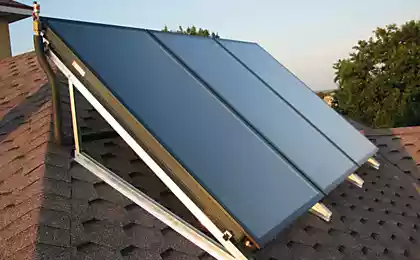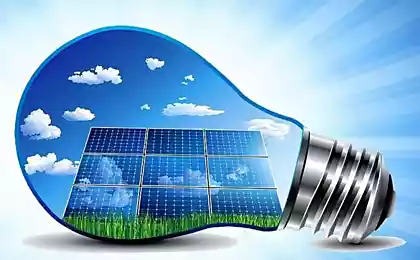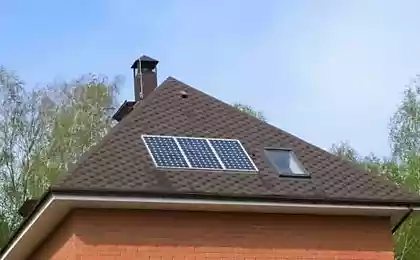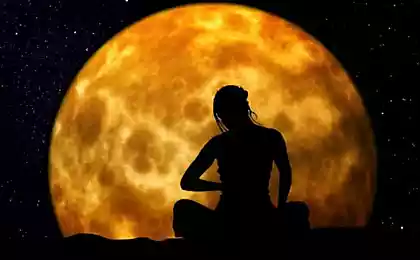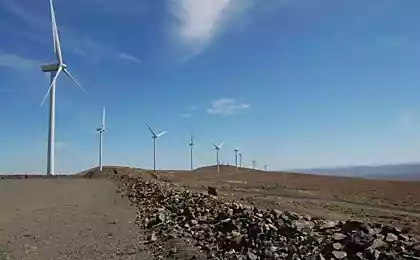486
Batteries for wind generators on the bottom of the sea
Some just call it "sea egg". The official name of the project States StEnSea: Storing Energy at Sea (Storage of energy in the sea). Behind it was a hollow ball of concrete, which should keep the excess wind energy on the sea bottom, and if necessary to provide it again to the user.
What was created working in Kassel Institute scientists of the Fraunhofer wind energy and technology of energy systems, should resolve the main problem of wind energy at sea as a reliable supplier of energy: wind is not blowing constantly, sometimes stormy, sometimes calm. During a storm, blades of wind turbines often need to stop, not to overload electrical wires.
In addition, the energy consumption of people varies greatly between day and night. Pumped storage power plants, which can cope with such surpluses, occupy much space and require a sufficient difference of heights. So they are mostly in the South, in the Alps and in the middle – but the large-scale wind parks at sea are in the North.
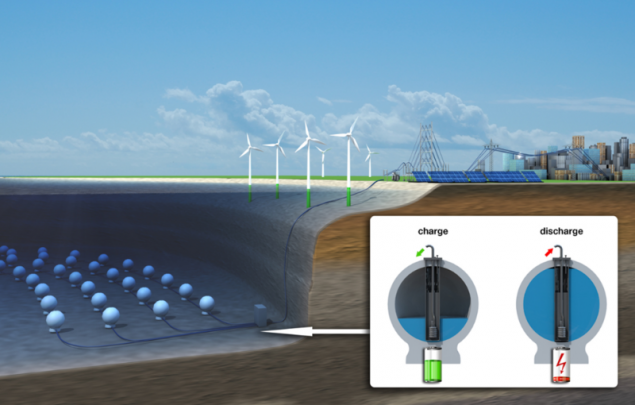
To transpose the principle of pumped storage power plants from land to sea10 engineers under the guidance of a certified physicist Jochen bard in Kassel are working on the possibility of saving electricity generated at sea or near the coast, with giant balls of concrete. Their diameter is 30 meters, and the thickness of the walls is about 3 meters. They need to consolidate at a depth of 700 meters under the sea. As in pumped storage power plants on land it uses the energy of water flow instead of huge swimming pools with a difference in height of the hollow ball must serve as the accumulator on the bottom of the sea. As industrial partner is the German company Hochtief.

If you need the electric current, the ball is filled with water. The water flow drives the turbine, which produces electricity and feeds it into the grid. In the case of oversupply of electricity in the network water is pumped out of the balloon, and the energy in this way is retained until it is available again for the next flooding. 200 balls in the layout to give effect to the turbine. Each ball when it reaches the size of 20 megawatts, a fleet of 200 units on the seabed could just a few hours to provide surge capacity with a size of 4 gigawatt.
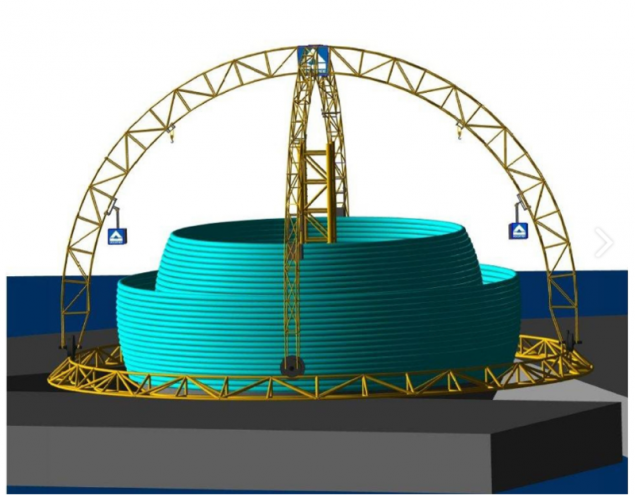
The project is sponsored by before spring 2017, the Federal Ministry of education and research. Miniature four-week experimental verification on the model with balls the size of only 3 meters should start in the fall of 2016 in lake Constance.
The question of when and whether at all the first balls to be immersed in the sea, depends in large part on how soon will advance the expansion of renewable energy in other countries, says Bard: "the Project has more importance to export technology, because in the North sea we do not have enough depth of water."
On average it is only 90 meters – only depression near the coast of Norway it is 725 meters. This would be a perfect place for sea eggs. published
Source: www.deutschland.de/en/topic/environment/resources-sustainability/wind-energy-batteries-on-the-seabed
What was created working in Kassel Institute scientists of the Fraunhofer wind energy and technology of energy systems, should resolve the main problem of wind energy at sea as a reliable supplier of energy: wind is not blowing constantly, sometimes stormy, sometimes calm. During a storm, blades of wind turbines often need to stop, not to overload electrical wires.
In addition, the energy consumption of people varies greatly between day and night. Pumped storage power plants, which can cope with such surpluses, occupy much space and require a sufficient difference of heights. So they are mostly in the South, in the Alps and in the middle – but the large-scale wind parks at sea are in the North.

To transpose the principle of pumped storage power plants from land to sea10 engineers under the guidance of a certified physicist Jochen bard in Kassel are working on the possibility of saving electricity generated at sea or near the coast, with giant balls of concrete. Their diameter is 30 meters, and the thickness of the walls is about 3 meters. They need to consolidate at a depth of 700 meters under the sea. As in pumped storage power plants on land it uses the energy of water flow instead of huge swimming pools with a difference in height of the hollow ball must serve as the accumulator on the bottom of the sea. As industrial partner is the German company Hochtief.

If you need the electric current, the ball is filled with water. The water flow drives the turbine, which produces electricity and feeds it into the grid. In the case of oversupply of electricity in the network water is pumped out of the balloon, and the energy in this way is retained until it is available again for the next flooding. 200 balls in the layout to give effect to the turbine. Each ball when it reaches the size of 20 megawatts, a fleet of 200 units on the seabed could just a few hours to provide surge capacity with a size of 4 gigawatt.

The project is sponsored by before spring 2017, the Federal Ministry of education and research. Miniature four-week experimental verification on the model with balls the size of only 3 meters should start in the fall of 2016 in lake Constance.
The question of when and whether at all the first balls to be immersed in the sea, depends in large part on how soon will advance the expansion of renewable energy in other countries, says Bard: "the Project has more importance to export technology, because in the North sea we do not have enough depth of water."
On average it is only 90 meters – only depression near the coast of Norway it is 725 meters. This would be a perfect place for sea eggs. published
Source: www.deutschland.de/en/topic/environment/resources-sustainability/wind-energy-batteries-on-the-seabed
